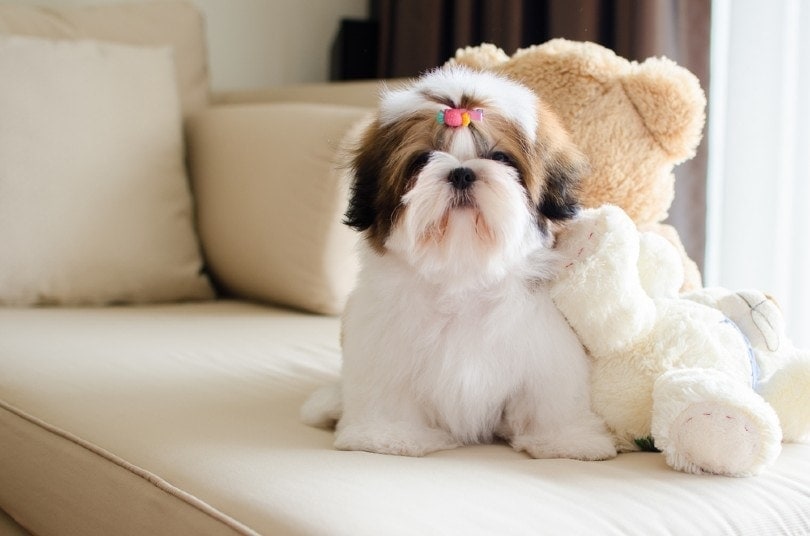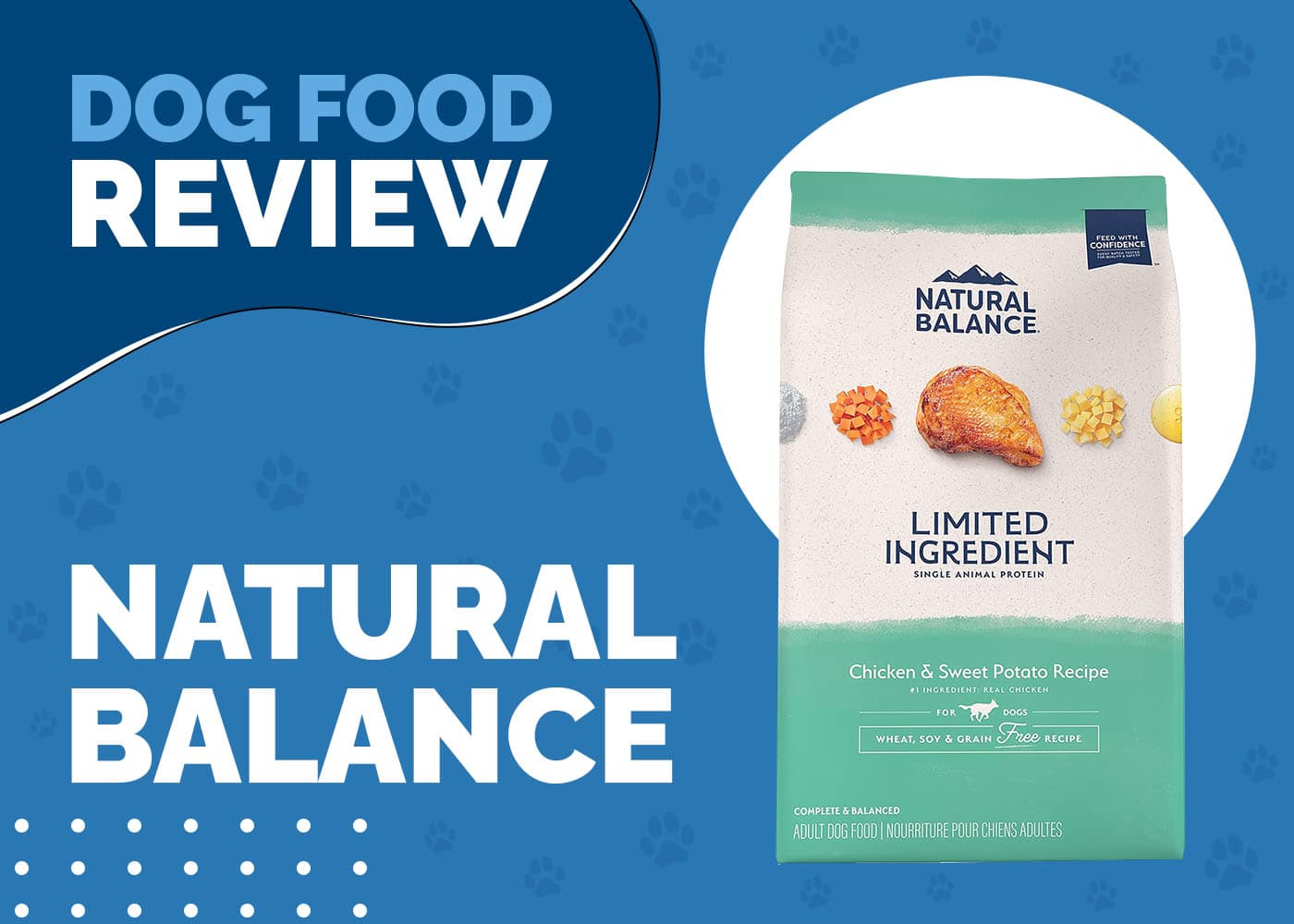Australian Labradoodle (Labradoodle & Cocker Spaniel Mix): Breed Info, Pictures & Traits
Updated on
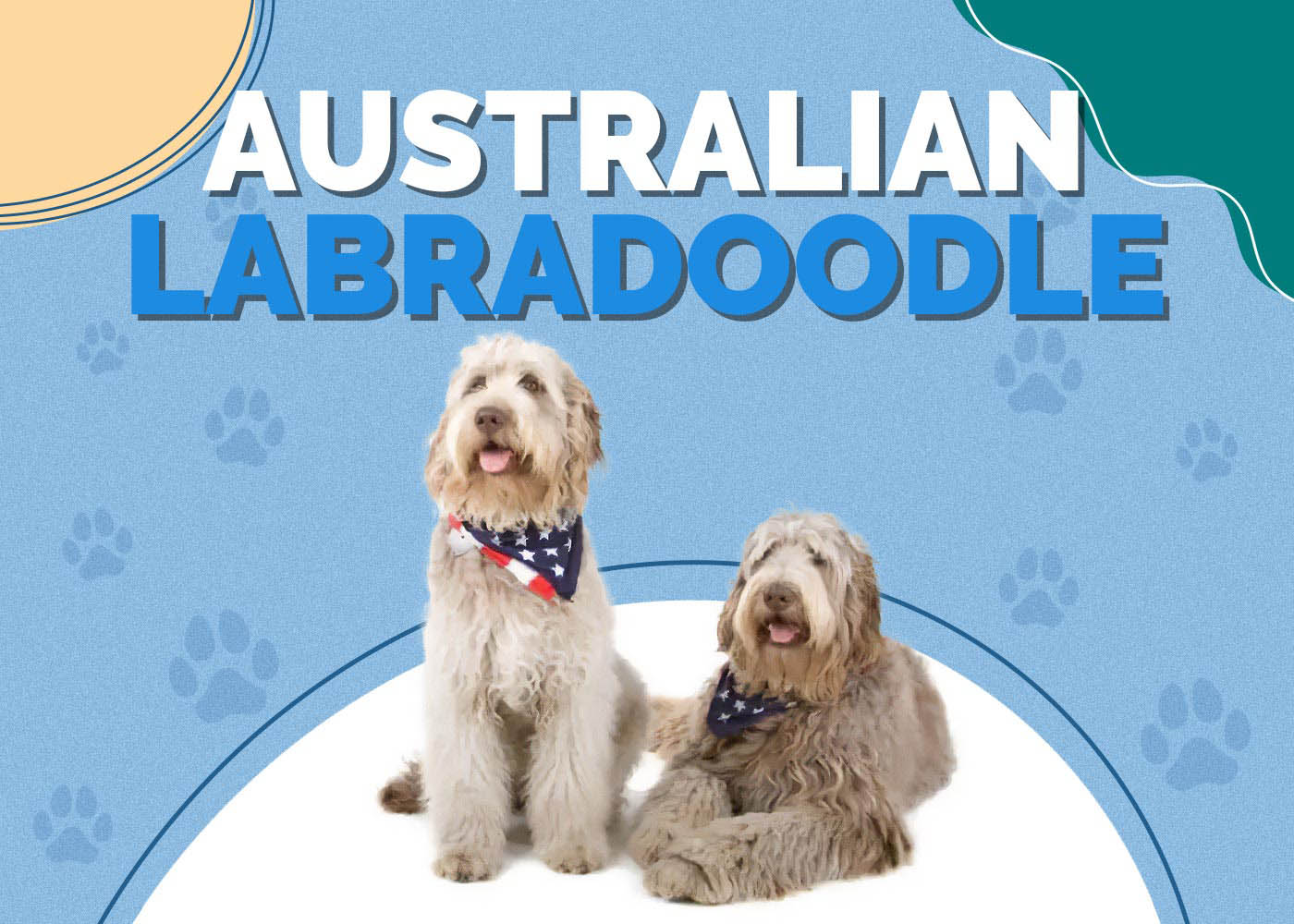
| Height: | 17-24 inches |
| Weight: | 30-80 pounds |
| Lifespan: | 12-15 years |
| Colors: | White, chocolate, cream, black |
| Suitable for: | Active families, those looking for an intelligent, low-shedding dog |
| Temperament: | Energetic, smart, outgoing, gentle, easily bored |
We’re several decades into the designer dog breed era, and with a limited number of purebred dogs to work with, it was inevitable that we’d start mixing designer breeds. Case in point: the Australian Labradoodle.
This dog started as a Labradoodle, which is a Labrador/Poodle mix. Then, breeders added in Cocker Spaniels, American Cocker Spaniels, Curly-Coated Retrievers, and Irish Water Spaniels.
That all adds up to one interesting pooch of Cocker Spaniel Labradoodle mix, and if you’d like to learn more about this amazing mix, the guide below contains everything you need to know about the Australian Labradoodle.
 Australian Labradoodle Puppies
Australian Labradoodle Puppies

Australian Labradoodle puppies are adorable little balls of fluff in constant motion. They’re fuzzy Tasmanian devils, except they make far better pets.
It’s incredibly easy to experience love at first sight with these dogs, and that might tempt you to bring one home without thinking it through. While that’s not a huge disaster, as these dogs are easygoing and eager to please, they do pose serious challenges that you need to be aware of.
The animals make excellent working animals, but that work ethic can make them challenging to own as pets, especially if you prefer spending your free time watching TV instead of hiking or playing Frisbee at the park.
Luckily, though, most Australian Labradoodles don’t have a rebellious bone in their bodies, so any difficulties that you experience will likely be due to misunderstandings rather than disobedience. You do need to be confident in your training abilities, which is why the breed often isn’t recommended for first-time owners.
One other thing that you should know in advance is that there are actually two kinds of Australian Labradoodles: standard and miniature. You should know ahead of time which one you want, and make sure that the puppy you bring home will end up as big as you expect it to be.
3 Little-Known Facts About the Australian Labradoodle
1. They make outstanding service dogs.
The first batch of Australian Labradoodles ever bred contained 31 dogs in all. Of these, 29 became guide or service dogs.
That tradition of excellence continues to this day, and it’s one of the biggest reasons that these dogs are so expensive to own as pets. Many puppies are spoken for before they’re even born, as companies that sell service animals love how easy they are to train.
2. The breed has been around longer than you might think.
Dedicated breeders started developing the breed in the 1980s, so they’ve had almost 40 years to get the recipe figured out. That may surprise some people because this is definitely not a well-known breed.
However, that is partially because many of these animals become service dogs rather than pets. You’re not likely to encounter one in your neighborhood or at the dog park (unless they’re working, that is).
3. This is one of the more predictable designer breeds.
Many newer designer breeds haven’t been around long enough to iron all the wrinkles out of their genetics. This means that when you adopt a puppy, you never know if it’s going to favor one of the two parent breeds or be an even mix of the two.
However, given that this breed has been around a while and there are only a few breeders creating them, it’s been much easier to control their pedigree. As a result, the eventual makeup of your Australian Labradoodle puppy will be more predictable than some other breeds.
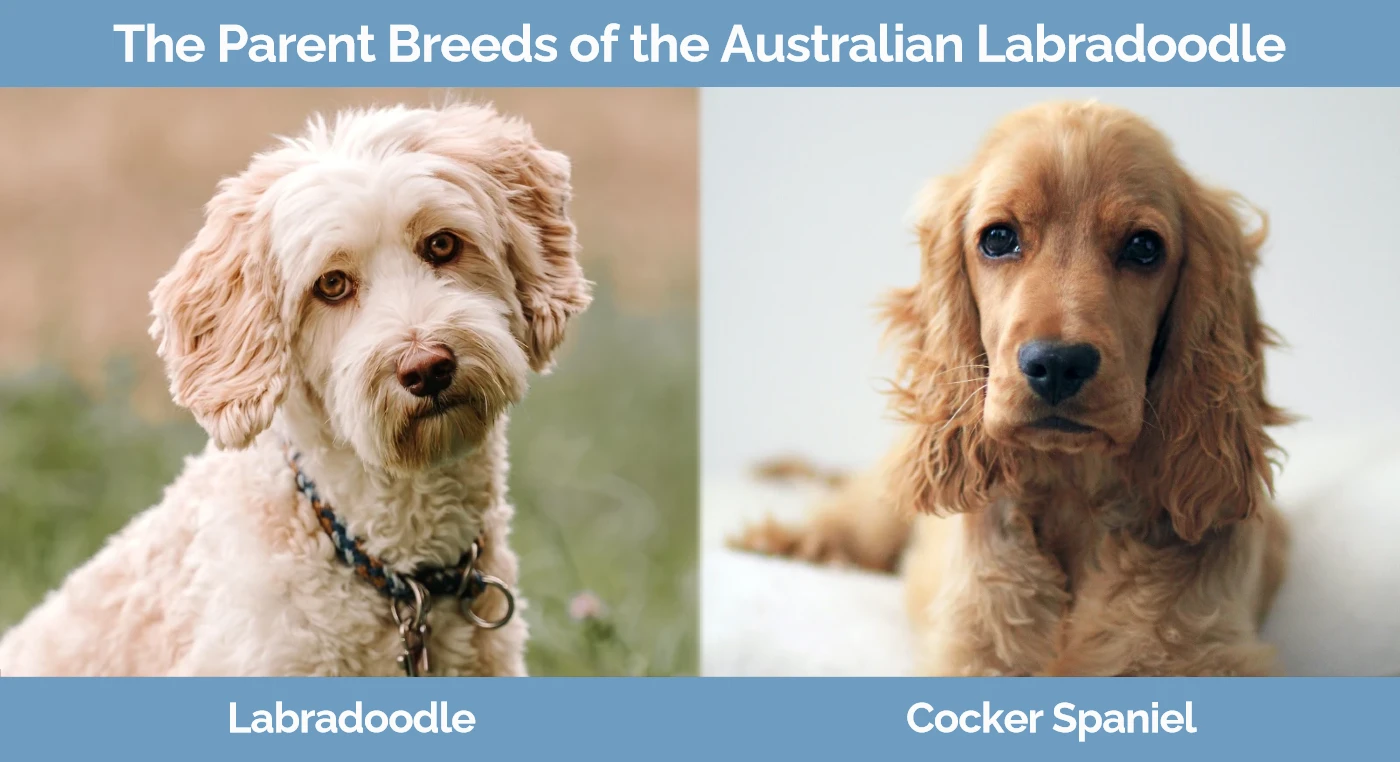
Temperament & Intelligence of the Australian Labradoodle 🧠
Regular Labradoodles are among the smartest dogs on the planet, and that’s with only Labrador and Poodle DNA. When you add in Cocker Spaniels, Curly-Coated Retrievers, and other extremely intelligent dogs, you get an animal that’s a veritable super genius.
There’s almost nothing that Australian Labradoodles are incapable of learning. They have to master a variety of tasks to become service dogs, and they generally handle the learning process with ease.
All those brains are a double-edged sword, though. While these dogs will pick up on training quickly, they’ll also get bored just as quickly, so you have to keep them engaged and stimulated. Otherwise, you could find yourself talking to their tail as they seek out something more exciting.
They’re not prone to disobedience, though. They’re sweet, people-pleasing dogs. They’re extremely playful as well, which is another tendency that you’ll have to manage in order to do a quality training session.
They’re gentle and welcoming toward strangers. This is an important quality for a service dog, but it also means that there’s at least one job that they’re completely unsuitable for: guard dog.
Are These Dogs Good for Families? 🏡
Australian Labradoodles make wonderful family pets. They’re patient and gentle with little ones and athletic enough to keep up with older children.
They love to be around their humans as well. In fact, separation anxiety is a huge problem with the breed. You might not want to adopt one if you can’t be home often.
They have enough energy to keep up with a large family, and you may need to enlist every single one of your family members to tucker these dogs out. Fortunately, they love to curl up next to you and watch a good movie as much as they love blazing down the nearest hiking trail.
Given their high energy levels, they’re best suited for families with backyards. However, you can make life in an apartment work with them if you have the time and energy to devote to tuckering them out.
Does This Breed Get Along With Other Pets? 🐶 😽
These dogs are typically accepting of other animals; however, they’re not necessarily interested in playing with them, as they’re extremely focused on their humans.
They want to be with you, and they want to serve you if at all possible. They won’t respond with aggression if another dog tries to play with them, but they’d really prefer to play fetch with the nearest person than chase another canine around.
They have a bit of a prey drive, but nothing too outlandish. You need to socialize them to accept smaller animals, of course, but their intelligence and sweet nature should help them learn that the cat is off-limits in no time.
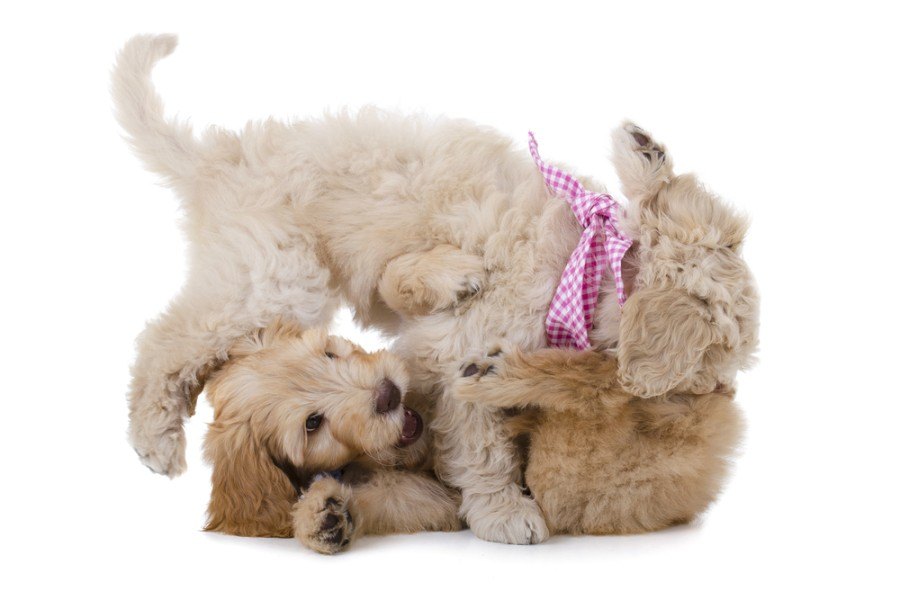
 Things to Know When Owning an Australian Labradoodle
Things to Know When Owning an Australian Labradoodle
If you’re lucky enough to get your hands on an Australian Labradoodle, you may soon realize that you have no idea how to raise such a magnificent creature. Below, we’ve listed important things you need to learn.
Food & Diet Requirements 🦴
These dogs need a premium diet to maintain their health and energy. Don’t buy the cheapest kibble you can find; do your research, and get them a high-end food that’s worthy of their bodies. After all, these dogs cost a small fortune to buy — don’t ruin your investment by putting inferior fuel in their tank.
We recommend a kibble that’s high in protein, with no cheap fillers like wheat, corn, or soy. Make sure the ingredients are quality; avoid animal by-products, chemicals, additives, and other problematic ingredients.
No matter how good the food is, though, be careful not to feed them too much. You don’t want these dogs to become obese, as that can cause a whole host of health problems.
Go easy on treats and scraps too. You don’t need to use these in training, as they’re smart enough and eager enough to please that they’ll do what you ask without a bribe.
Exercise 🐕
If you add an Australian Labradoodle to your family, you’ll have to spend a great deal of time exercising them. There’s no way around it, as they have seemingly limitless energy.
A leisurely walk around the neighborhood simply won’t cut it. They need to run, they need to jump, and they need to be challenged.
They need a job to do more than anything. Agility training is excellent for this, as it gives them a purpose while simultaneously taxing their minds and bodies.
It’s important to stimulate their brains as much as their bodies. You should do obedience training every day and play games like hide-and-seek or have a treasure hunt.
Puzzle toys are also an excellent way to give their brains a workout, but don’t be surprised if your Australian Labradoodle masters them in seconds.
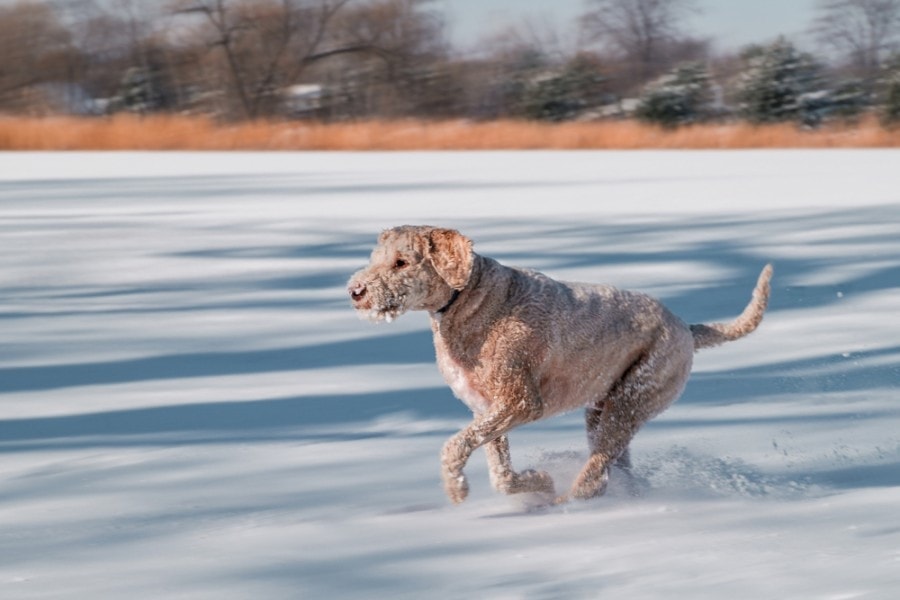
Training 🦮
While Australian Labradoodles aren’t prone to many destructive behaviors, it’s still important to train them early and often.
One of the biggest reasons you should train them is that they crave it. They were bred to work, and they love to have a job to do. If you don’t give them structure and discipline, they’ll feel lost.
They take to training like a fish to water, and they’ll pick up commands as quickly as you can teach them. Your biggest challenge may be finding new ways to keep them on their toes, as they can get bored with the same old routine every day.
They can be extremely sensitive, so harsh training methods are likely to be counterproductive. Instead, use positive reinforcement; a few words of encouragement and the occasional ear scratch are likely all you need to keep them eager to learn.
Socialization is also important. Starting when they’re puppies, you should introduce them to new people, places, and situations on a regular basis to build their confidence. Socialization is an ongoing process and something you should commit to doing for as long as you have the dog.
Grooming ✂️
There are three different coat types that are common with Australian Labradoodles: hair, fleece, and wool.
Hair is extremely loose, like you’d find on a Labrador. Dogs with this coat type shed a fair amount and aren’t ideal for owners with allergy problems. Expect to brush them regularly to combat shedding.
Wool is at the opposite end of the spectrum, as it resembles a Poodle’s dense, thick fur. While not quite hypoallergenic, Australian Labradoodles with a wooly coat will hardly shed at all. You still need to brush them at least once a week to avoid matting, though.
Fleece lies somewhere in the middle. It’s silkier than wool yet not as free-flowing as hair. You’ll still endure shedding with a fleece coat, but not as much. You can likely get away with brushing them a couple of times a month without having too many problems.
Beyond that, most of their grooming needs are fairly basic. Brush their teeth several times a week, clean out their ears several times a month, and trim their nails as needed.
- Does your dog need a new do? 7 Labradoodle Haircuts
Health and Conditions ❤️
Australian Labradoodles are a fairly healthy breed, but there are still a few conditions you should be aware of.
- Ear infections
- Skin issues
- Hip dysplasia
- Elbow dysplasia
- Von Willebrand’s disease
- Addison’s disease
- Progressive retinal atrophy
 Male vs. Female
Male vs. Female
There isn’t much difference between the two genders from a temperament standpoint. However, males do tend to be a bit bigger, both in the standard and miniature varieties.
- Related Read: How Much Does An Australian Labradoodle Cost?
 Final Thoughts
Final Thoughts
It’s not going to be easy to find an Australian Labradoodle, but if you can get your hands on one, you’ll have a supremely intelligent dog that lives to please you. There’s a reason that they make such fantastic service dogs, after all.
However, they’re extremely energetic, so they’re not a good fit for couch potatoes. Also, all those brains can work against you when you discover how quickly they can get bored.
Those issues are a small price to pay for a companion this wonderful, though.
See Also:
- Parti Labradoodle: Facts, History & Origin (With Pictures)
- Mini Australian Labradoodle Info: Pictures, Temperament & Traits
Featured Image Credit: Image credit: Erik Lam, Shutterstock
 Australian Labradoodle Puppies
Australian Labradoodle Puppies
 Things to Know When Owning an Australian Labradoodle
Things to Know When Owning an Australian Labradoodle Male vs. Female
Male vs. Female
